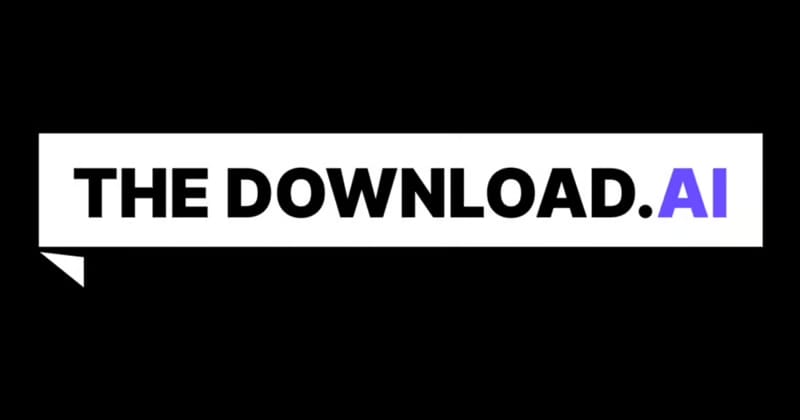- TheDownload.AI
- Posts
- 77th Edition Download
77th Edition Download
GPT-5 is here. Rocky rollout, but it's here.

This Week in AI:
No jargon, no filler—just the biggest AI developments worth knowing right now. Perfect for quick industry insights, so you can skip the buzzwords and get straight to the good stuff. Let’s dive into this week’s AI shake-ups, just as promised:
Let’s keep this simple. Big news dropped this week: GPT-5 is officially here, faster, smarter, and… glitchier than expected. Sam Altman admitted the rollout was rocky enough to bring GPT-4o back temporarily. Meanwhile, DeepMind quietly showed AI can help save endangered species by listening, not watching. You don’t need hype to see how worth knowing this all is.
Let’s get into it.
In This Issue:
TL;DR:
OpenAI has officially released GPT-5, a model positioned as the successor to GPT-4o with major leaps in logical reasoning, problem-solving, and real-time response. According to OpenAI, GPT-5 performs better in complex multi-step reasoning, professional workflows, and cross-domain tasks. It supports expanded multimodal inputs, including text, images, and audio, with faster output speeds even under heavy load. While no public benchmarks were released at launch, early partner testing suggests improvements in factual accuracy and planning over longer contexts. The model is already available in ChatGPT Pro and to API developers.
Our Take:
Every “big” release has to prove itself outside the lab, and GPT-5 is no exception. If OpenAI’s internal claims hold true, this could shift the default model choice for startups, research, and even enterprise workflows. But without transparent, third-party benchmarking, we’re still in the “trust but verify” phase. If you’re an early adopter, track not just speed and output quality, but consistency under your specific workload. The leap from GPT-4o to GPT-5 will matter most for domains where structured reasoning, precision, and long-context retention are critical, like legal drafting, scientific analysis, or multi-day project management.
TL;DR:
In a post-launch update, Sam Altman acknowledged significant hiccups in GPT-5’s first week. The problems ranged from misleading benchmark graphics (“chart crime,” as critics dubbed it) to routing errors that degraded performance for some users. In response, OpenAI temporarily restored GPT-4o for affected ChatGPT users while engineers addressed the issues. Altman stressed that GPT-5’s core capabilities remain intact and that the fixes are aimed at stability, not reworking the underlying model.
Our Take:
This is a case study in how model excellence and product delivery are two entirely different skill sets. The best AI in the world is useless if users can’t access it reliably or trust its performance. OpenAI’s willingness to revert to 4o shows pragmatism, but it also signals that GPT-5 wasn’t production-ready at scale. For anyone building AI products: don’t just prepare for launch day, plan for launch month. Have clear rollbacks, transparent comms, and a way to keep user trust while you work out the kinks.
TL;DR:
Google DeepMind unveiled a bioacoustic AI model called Perch designed to detect and monitor endangered species by analyzing their unique calls and sounds. Trained on a massive library of natural soundscapes, Perch can identify species presence without cameras or human observers, critical for environments where visual monitoring is impractical. The model is already being deployed in partnership with conservation groups to track elusive species in rainforests, oceans, and remote habitats. By automating audio analysis, researchers can process months of field recordings in hours, spotting migration changes, population declines, or new threats in near real-time.
Our Take:
This is one of the most underrated AI breakthroughs of the year. While flashy chatbot releases dominate headlines, models like Perch quietly address problems with life-and-death stakes, biodiversity loss, ecosystem collapse, and climate change. The brilliance here isn’t just in the tech, but in its deployment: minimal infrastructure, scalable to low-resource environments, and designed to empower field scientists rather than replace them. If AI is going to have a net-positive impact on the world, this is what it looks like.
🚀 Thank you for reading The Download
Your trusted source for the latest AI developments to keep you in the loop, but never overwhelmed. 🙂
*For sponsorship opportunities, email [email protected]



Reply